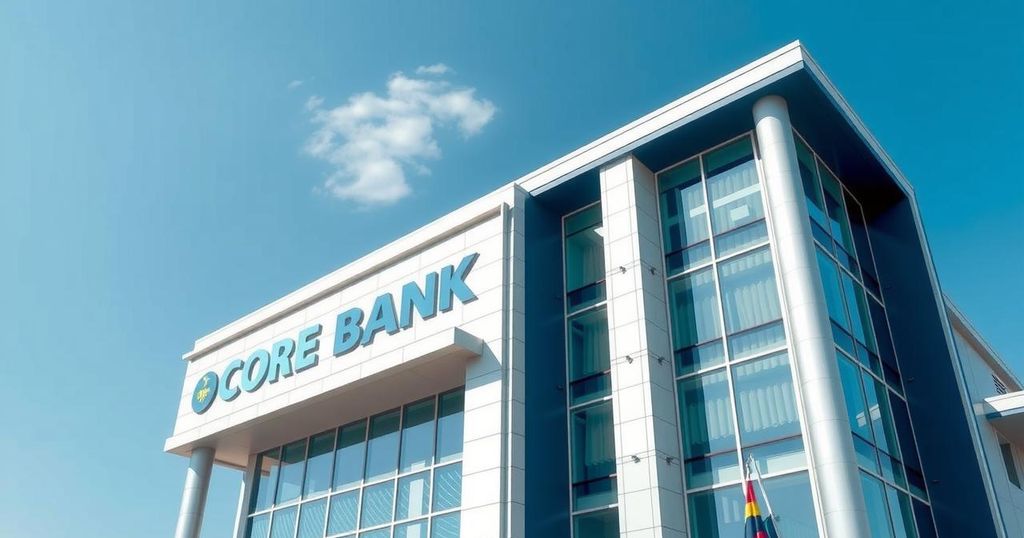Ghana’s central bank is addressing a notable rise in bad loans, notably with one lender having an 81% non-performing loan ratio, amidst a broader industry rate of 21.8%. Governor Asiama indicated that this situation is partly due to domestic debt restructuring. Strategies are being developed to reduce these ratios and stabilize the economy, which is currently hindered by high inflation and currency depreciation.
Ghana’s central bank is actively engaging with local lenders to address the increasing issue of bad loans following a government debt renegotiation. One unidentified lender faces an alarming 81% ratio of non-performing loans, while the overall industry rate stands at 21.8%, compared to 14.8% in December 2022 when Ghana defaulted on external debt. Governor Johnson Asiama emphasized the importance of addressing these loan levels at a recent conference aimed at navigating the country’s economic crisis.
Governor Asiama remarked, “You cannot blame the banks entirely because a lot of it has to do with the domestic debt exchange, which was not as a result of anything that the banks did.” This highlights the economic challenges beyond the banking sector’s control, notably the government’s restructuring efforts necessitated by overwhelming debt obligations.
The central bank is focusing on state-owned and domestic lenders to devise strategies to lower their non-performing loan ratios. This initiative follows the government’s pursuit of a $3 billion bailout from the International Monetary Fund in 2022 to address unsustainable debt payments that accounted for over half of state revenue.
Simultaneously, the Ghanaian economy contends with currency depreciation, with the cedi losing nearly 18% against the dollar over the past year. This fluctuation has resulted in persistent inflation around 23%, prompting the central bank to maintain a policy rate of 27% since September, limiting access to credit for both businesses and households.
Despite these obstacles, Fitch Ratings noted signs of recovery within the financial sector. The report indicated that the solvency issues following Ghana’s default have not led to increased liquidity pressures. Governor Asiama concluded, “If we are able to lower the NPL ratios of banks, if we are able to stabilize the fiscal side of things, we should see lending rates trending down quickly.”
Ghana’s central bank is proactively working with local lenders to manage the rising levels of non-performing loans, significantly influenced by a recent government debt restructuring. While challenges remain, including high inflation and currency depreciation, there are indications of recovery in the financial sector. Enhanced collaboration between the central bank and domestic lenders is crucial for stabilizing the economy and reducing lending rates.
Original Source: www.livemint.com




